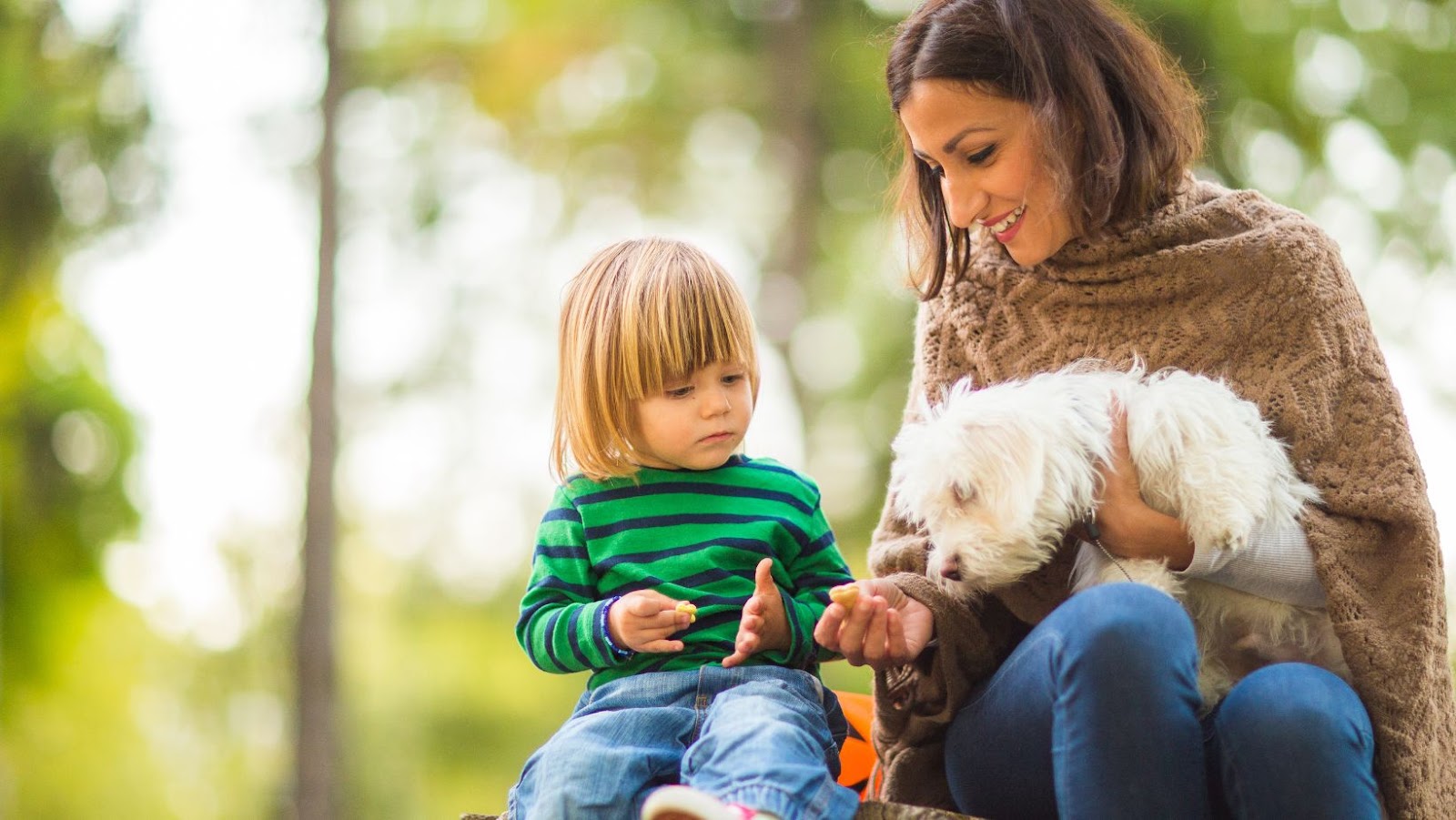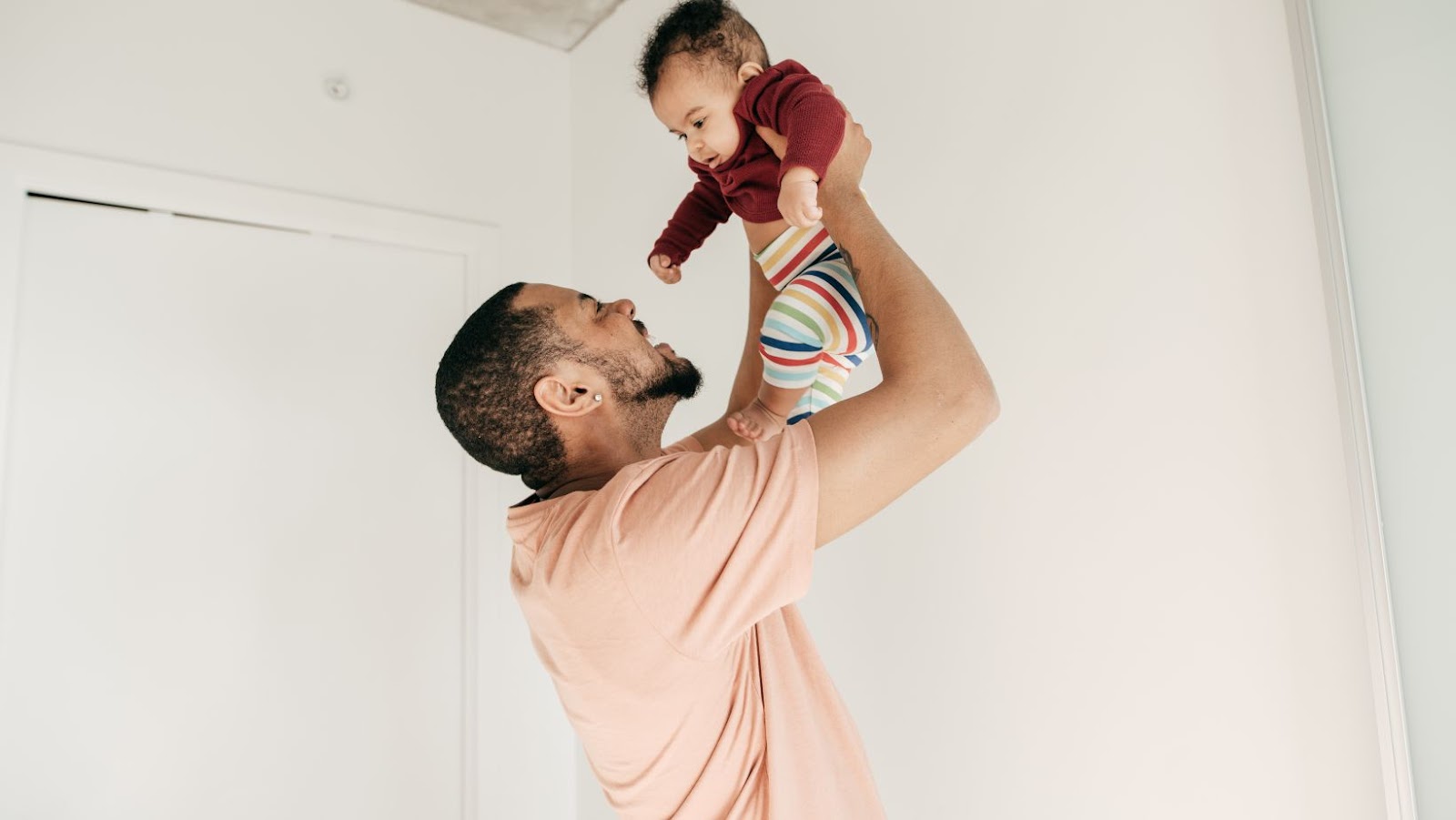Being a single parent is one of the toughest jobs out there. There’s no denying that. With so many responsibilities and demands, it’s easy to feel overwhelmed and exhausted. It takes a lot of effort to be both the breadwinner and the caretaker. Single parenting is hard, and only those who are experiencing it firsthand can truly understand the difficulties that come with it.
As a single parent myself, I can confidently say that there are times when I question my ability to handle everything. Balancing work, household chores, finances, and raising children all on my own can be incredibly daunting. From the moment that my child wakes up to the time that they go to bed, I’m constantly on the go. To top it off, there are no breaks or vacations, and no one to share the load with when things get overwhelming. It’s not surprising that single parenting is hard.
Despite the challenges, many single parents are able to raise happy, healthy, and successful children. With the right support system in place and a strong sense of determination, it’s possible to thrive as a single parent. In the next section, we’ll discuss some strategies that can help make single parenting a bit easier.
 Challenges of Being a Single Parent
Challenges of Being a Single Parent
As a single parent, I can attest that single parenting is hard. Raising a child on my own comes with its own set of unique challenges. Here are just a few:
- Financial strain: Being the sole breadwinner and source of income can be incredibly difficult. Raising a child is expensive, and financial resources can often be limited. This can leave a single parent feeling overwhelmed and stressed about how to make ends meet.
- Lack of support: While there may be friends and family members who offer support, as a single parent, I often feel like I am alone in this process. There is no one else to share the load with, and it can be difficult to find time to focus on my own needs.
- Limited time: Single parenting often results in limited free time. Between work, taking care of the kids, and household chores, there seems to be no time left over for anything else. This can be emotionally draining and leave a single parent feeling exhausted and burnt out.
- Social isolation: Single parents may feel isolated from the larger community. Social events and outings may be difficult to attend due to time constraints or lack of resources. This can be isolating and leave a single parent feeling lonely.
- Stressful home environment: A single parent’s home can be a source of stress for both the parent and child. Balancing housework, cooking, laundry, and childcare can be challenging, and can lead to a cluttered and disorganised home.
Single parenting is hard, but it’s important to remember that it’s also incredibly rewarding. Despite the challenges, single parents are strong, resilient, and capable individuals who are doing their best to raise their children and provide a loving home environment.

Coping Strategies for Single Parents
Being a single parent is hard – there’s no denying it! But there are ways to make it a little easier. Here are some coping strategies that I’ve found helpful as a single parent myself:
- Take time for yourself: As a single parent, it’s easy to get caught up in the daily grind of taking care of your children. However, it’s important to take some time for yourself, too. Whether it’s going for a walk, reading a book, or taking a bubble bath, make sure you schedule time for self-care.
- Reach out for help: Don’t be afraid to ask for help when you need it. Reach out to friends, family members, or even a therapist if you’re feeling overwhelmed. Additionally, consider joining a support group for single parents. You’ll be able to connect with other people who are going through similar experiences and gain valuable insights and advice.
- Create a routine: Establishing a routine can help you and your children feel more organised and in control. Set regular bedtimes, meal times, and homework times. This will help you plan your day and ensure that you’re able to get everything done that needs to be done.
- Stay positive: It can be easy to get bogged down by the challenges of single parenting, but try to stay positive. Focus on what’s going well and celebrate your successes, no matter how small they may seem. Try to find joy in the everyday moments.
- Take advantage of community resources: Many communities offer resources for single parents, such as free or low-cost after-school programs or parenting classes. Take advantage of these resources to help ease the burden of single parenting.
Remember, there’s no one “right” way to cope with single parenting. Find what works for you and your family, and don’t be afraid to try new strategies as needed. With time, patience, and perseverance, you can successfully navigate the challenges of single parenting.

Building a Support System as a Single Parent
As a single parent, it is crucial to have a support system to rely on during the ups and downs of parenting alone. Single parenting is hard, and facing all the challenges alone can be overwhelming at times. Here are a few ways to build a support system that can help you feel less alone.
- Join a Single Parents Support Group:
There are a variety of single parents’ support groups available, both in-person and online, where you can connect with other individuals going through the same experience. These groups can provide a safe space where you can share your thoughts and feelings, receive advice, and even make new friends.
- Connect with Family and Friends:
Your friends and family can be a great source of support during difficult times. Reach out to them, and don’t be afraid to ask for help when you need it. Consider asking trusted family members and friends to be your emergency contacts or babysitters when you have to attend to urgent matters.
- Consider Therapy:
Sometimes, talking with a licensed therapist can provide the support you need to manage symptoms of stress, anxiety, and depression. Taking care of your mental health is crucial, especially when single parenting is hard.
- Find Time for Yourself:
Feeling overwhelmed with your responsibilities as a single parent is common. However, you don’t have to do everything alone. Make it a priority to take some time for yourself when you can, whether it’s reading a book, taking a walk, or indulging in your favourite hobbies.
In conclusion, building a support system as a single parent is essential. Don’t hesitate to rely on your family and friends, take care of your mental health, and most importantly, give yourself time to rest and recharge. Remember, you’re not alone in this journey.


 Challenges of Being a Single Parent
Challenges of Being a Single Parent